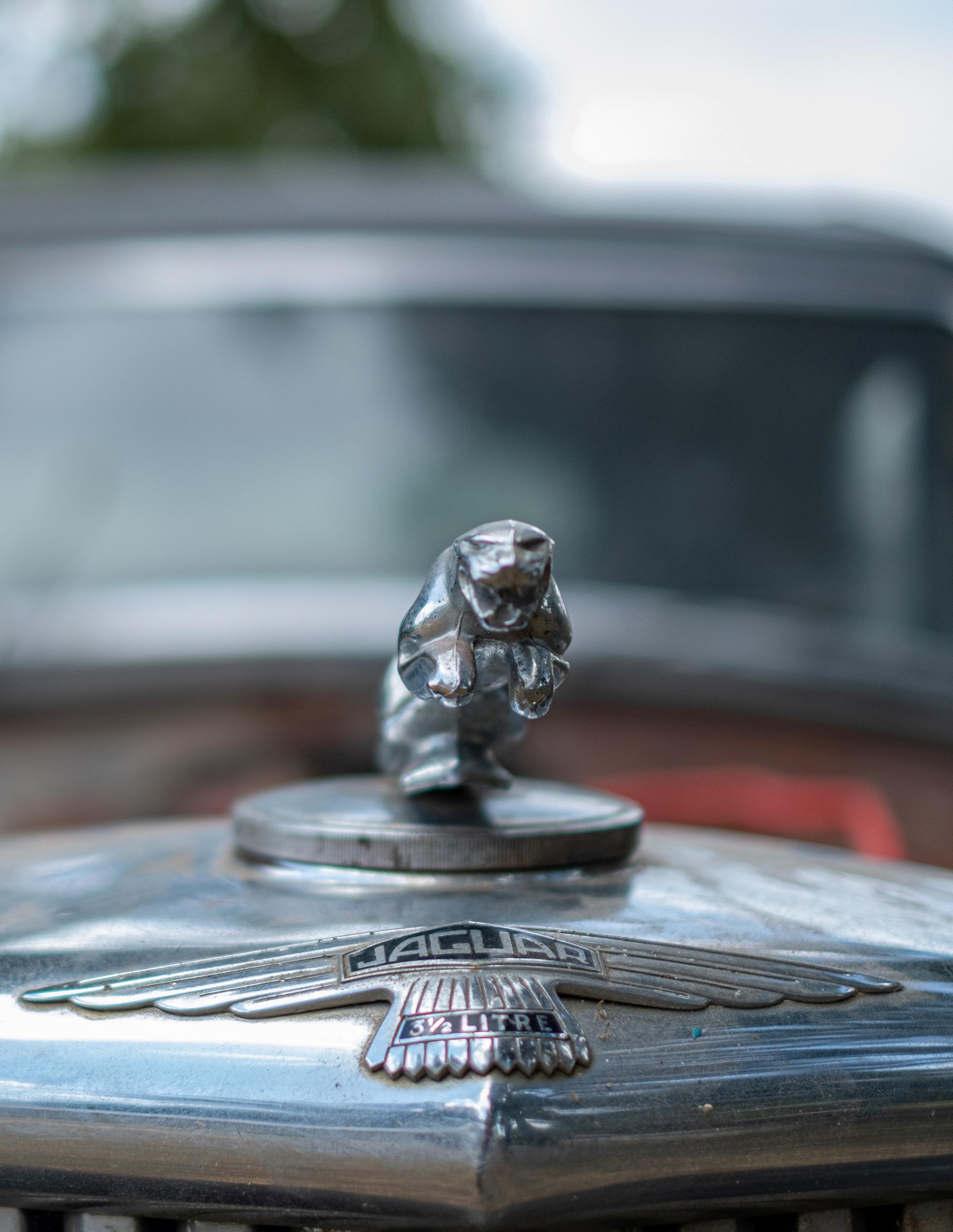
3 minute read
Born To Prowl
Restoring a piece of history
Jaguar Mark IV: a work in progress
Story by Lizz Daniels Photos by Jarred Kindles
The year is 1947. The allies have won the war, and life across the world is finally returning to normal.
In England, car manufacturer, Jaguar, is producing again after years of being on hold, and the now-iconic Mark IV prowls the roads.
It’s oddly poetic that this car, forged in the aftermath of war, would begin its restoration journey as the world faces a very different type of struggle. James Deatherage acquired the car in a business-related barter and already has the engine back up and running.
“Most of the parts were made in 1938, but all production stopped when the bombing started in England,” he said. “They didn’t start back with this particular model until '47. The man I got it from had it for 44 years; it stayed in his garage in one spot without being touched. The guy before him had it six years and never got it running. I’ve had it less than 90 days, and I’m driving it.”
Formerly sold under the Swallow Sidecar name, Jaguar changed its brand to the now-famous big cat label in 1945. While Deatherage’s Mark IV may show her age with her missing hood and rust damage, she still purrs when Deatherage starts her up.

“It’s a standard three-speed transmission with electric start with a six-cylinder gasoline engine,” he said. “At first it was stuck, I had to knock the pistons down with a sledgehammer and a two-by-four. I rebuilt the carburetor and had to get the valves loose, but I didn’t use any new parts on the engine except the head gasket. It took probably 40 hours over three weeks.”
Besides the history of its production, the car is unique in all the ways it differs from modern cars. While vehicles today run a hydraulic system with brakes on all four wheels, this Mark IV still runs mechanical brakes and old-school turn signals that pop up when activated via the steering wheel trafficator.
“I didn’t realize it was mechanical,” Deatherage said. “I was looking for the brake fluid reservoir to check the lines and realized there weren’t any. There were brake rods, which makes it mechanical instead of hydraulic. It’s very unusual for this year’s model. Another thing that’s interesting about it is the turn signals stick out the sides. Once I get it fixed, they’ll pop up.”

The Mark IV also features knock-off hubs that must be, literally, hammered off the frame to change the tires. Parts as simple as tires or a turn signal can be hard to find on a piece of machinery that is over 70 years old, but that’s where Deatherage’s experience and creativity come into play.
“I had a little bit of trouble finding an oil pan for it; the rest of it I’ll build,” he said. “I’ve been working on cars since I was about 13, all selftaught. The welding, and all the rest of it, I’ll do. Next is cosmetics.”
He plans to custom-craft new interior and paint the outside a sleek black that will have the Jaguar parade ready when life finally returns to normal. Deatherage jokes that the project will probably take the rest of his life, but even if it does, he will have reclaimed a piece of history, reviving it to roam the streets once again as it first did way back in 1947.





